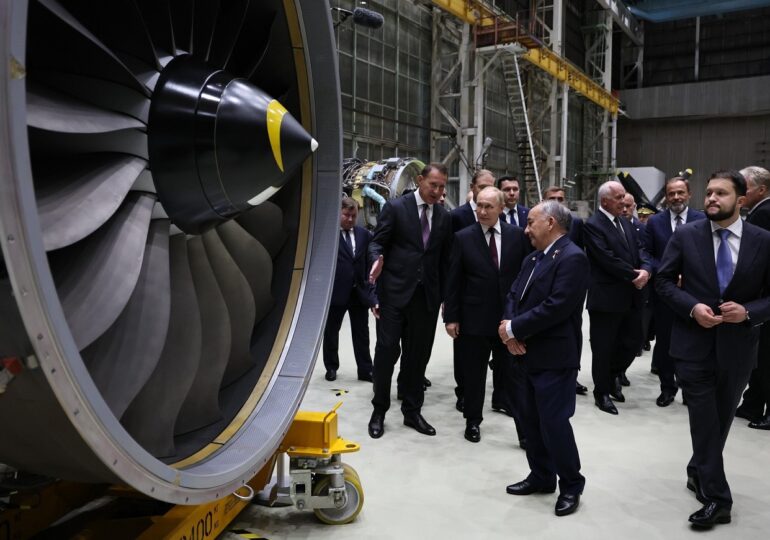Companies linked to the Russian military have stagnated or experienced a decline in September, for the first time in 2022.
Data from a report by Russia’s national statistics agency Rosstat suggests that the military-industrial sector, which forms the backbone of Russia’s wartime economy, could be stagnating after three years of double-digit growth, as reported by The Moscow Times.
Following a more than 20% increase from the previous year in August, the manufacturing of "processed metal products" decreased by 1.6% in the following month, according to Rosstat figures. The same category saw a growth of 26.4% in 2023 and 31.6% in 2024.
Meanwhile, the production of "other transport equipment," including tanks and armored vehicles, dropped to a mere 6% growth from the previous year, compared to over 60% in August.
The data is "shocking"
Analysts from the Russian consultancy firm MMI stated that the data, which they described as "shocking," dragged down the overall manufacturing industry index, which it had been supporting until now.
The Russian manufacturing industry as a whole grew by just 0.4% in September, compared to 2.4% in August, as mentioned by the cited publication.
An analyst from PSB Bank noted that the September production was the weakest since the beginning of 2023 and that industrial production, Russia's largest economic sector representing over 30% of GDP, "has almost ceased to grow."
Russia's total production increased by just 0.3% in September 2025, compared to a 5.6% growth a year earlier.
Furthermore, according to the Economic Forecasting Institute of the Russian Academy of Sciences, 18 out of 24 manufacturing subsectors, accounting for nearly 80% of Russia's production, are currently in recession.
Expectations for a very severe economic stagnation
In this context, the Central Bank of Russia lowered interest rates on Friday - from 17% to 16.5% - in an attempt to support the economy. This marks the fourth consecutive cut since June, when the benchmark rate stood at a wartime peak of 21%.
The bank stated in a forecast that it expects interest rates to average 13%-15% in 2026, up from a previous prediction of 12%-13%, justifying the upward revision by the need to address high inflation and labor shortages.
The revised outlook also adjusted the Central Bank's forecasted economic growth to a range of 0.5%-1% from the previous 1%-2%. It also raised the inflation forecast for next year to between 4% and 5%.
"Essentially, the Central Bank states that we could witness a very severe economic stagnation next year," said an independent economist quoted by Moscow Times.
Central Bank of Russia acknowledges the impact of Ukrainian strikes
Politico notes that it is unusual for a central bank to cut its policy rate while revising its inflation outlook upwards, as lower rates are usually associated with higher inflation, and central banks are tasked with maintaining price stability.
The publication observes that this move followed the United States' imposition of sanctions on two of Russia's largest energy companies, Rosneft and Lukoil, and emphasized that the impact of sanctions, coupled with the need to maintain high arms production to prolong the war, has put Moscow's policymakers in a difficult position.
Russia's economy has also been impacted by a sustained campaign of Ukrainian drones targeting oil refineries and putting pressure on fuel prices. A statement by the Russian central bank seemed to acknowledge this by saying, "Geopolitical tensions remain a significant factor of uncertainty."
T.D.

